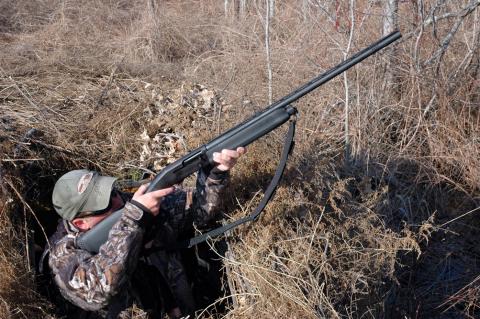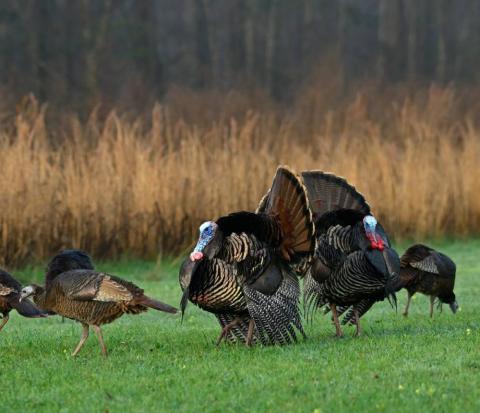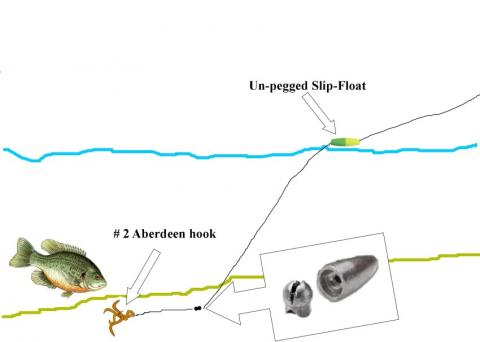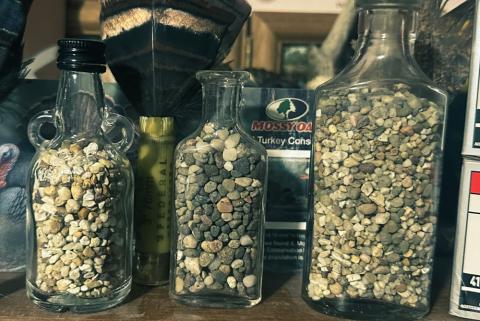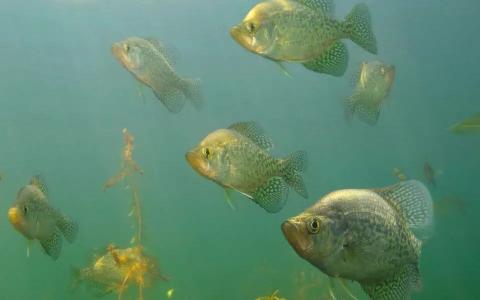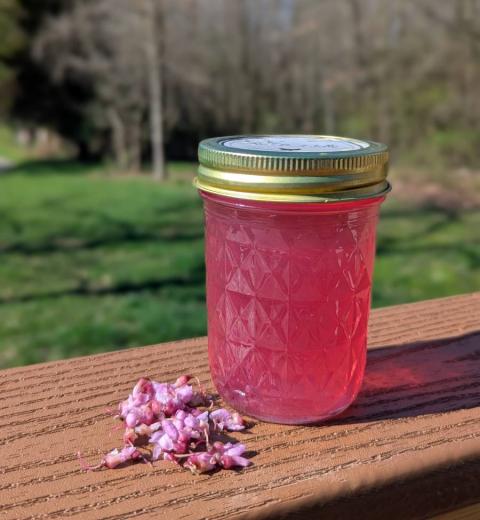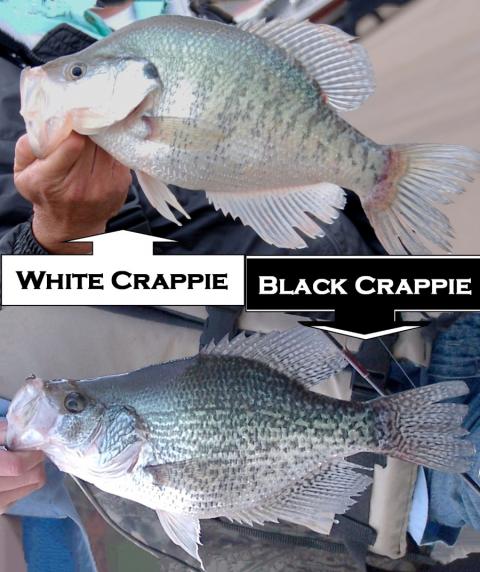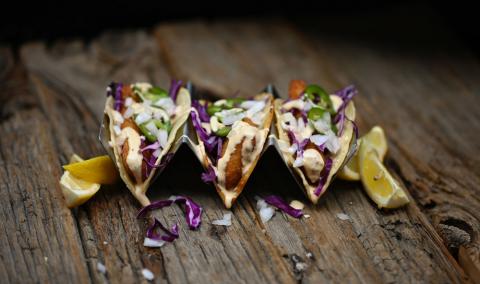provided by John E. Phillips
Mossy Oak Waterfowl Pro Barnie Calef from Cedar Rapids, Iowa, is a leading authority on waterfowl hunting and has won three World Duck Calling Championships. Calef travels the nation teaching waterfowling seminars for many of the nation’s leading outdoor companies. “I can’t remember when I didn’t wear Mossy Oak camouflage,” Calef says. “I believe in it, and that’s why I wear it.” Calef masterfully calls ducks with his Calef Calls Inc. brand. The migration has about ended, and we wanted to know how Calef finds, calls, decoys and takes ducks in his home state of Iowa.
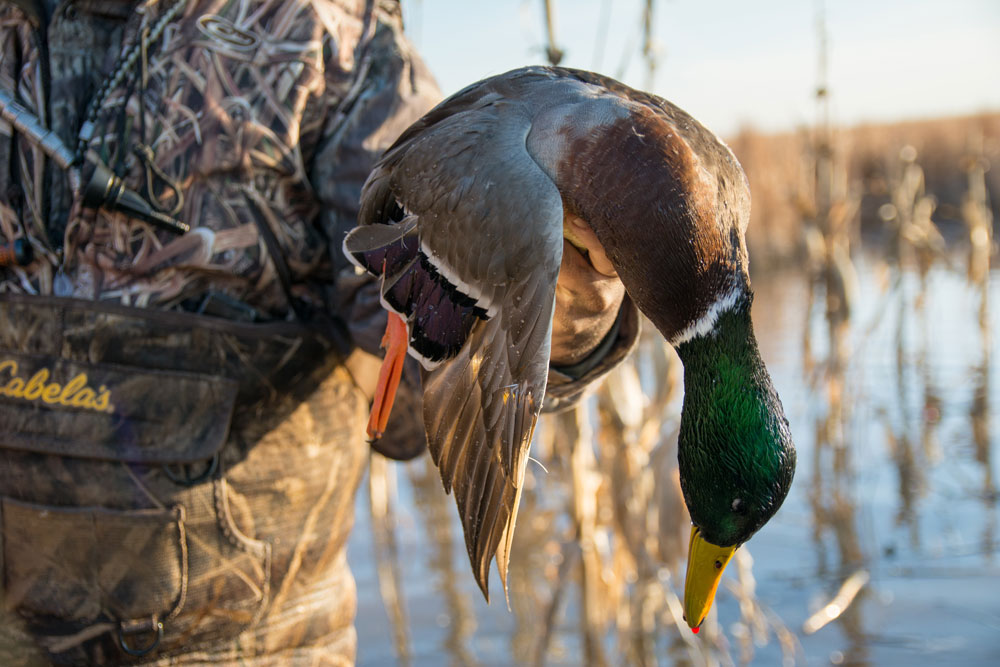
Join John and Barnie as they discuss how Barnie calls the shot, his preference for shotgun ammo, his choice of shotgun and what makes a good duck hunting partner. Let’s pick up with Barnie and his strategy to “call the shot” when hunting for waterfowl.
When we’re hunting out of my boat, my blind and using mostly my decoys, I usually do the calling or at least a majority of the calling. I also call the shot (tell the hunters when to pop up out of the blind and shoot the ducks). I generally don’t call the shot until the ducks have finished. I consider a flight of ducks finished when they’ve got their feet out in front of them, they’ve just seen the hunters and they’re trying to back up and climb away from the blind and into the air away from the blind. Now that’s the way I like to call the shot. However, today, more and more duck hunters are hunting late-season birds. So, if I can tell the ducks aren’t going to finish, I’ll call the shot when the ducks are over the decoys, within 20-30 yards.
For instance, when I have a flock of 20-30 mallards, they’re approaching the decoys and their body language tells me, “Uh, I don’t think we will sit down,” then we go ahead and shoot them. If I call the shot, I know the ducks aren’t going to sit down in the decoys. The ducks will be about 30-40 yards out and about 20 feet high and coming straight at us.
It’s not often you get to hear what is going through someone of Barnie Calef’s mind when he has a boatful of hunters and ducks coming in. The success of his strategy speaks for itself. Next, John and Barnie discuss shotgun ammo and shotgun choices for waterfowl hunting.
I’m often asked in seminars what gun and what shotshell I’m shooting. I’ve been shooting a Browning Maxus semi-automatic. I don’t have a shotgun shell manufacturer sponsoring my seminars or my videos, so I’ve shot just about every brand of shotshell made for duck hunting on the market. When I was sponsored by Hunters’ Specialties, one of the responsibilities I had was to order all the shotshells we planned to shoot for the TV shows they sponsored and the videos they’d make that year. I like Winchester Xperts. I could have ordered Elite tungsten, but instead I ordered steel Xperts 2-1/4-inch shells with 1/16-ounce of powder and No. 2 at 1550 fps (feet per second). I don’t shoot the 12-gauge, 3-inch Magnums. Those guns and a 10-gauge gun hurt you almost as much when you pull the trigger as they do the ducks you’re trying to shoot. I have shot 3-inch and 3-1/2-inch shells before, but they kick so hard that duck hunting isn't a whole lot of fun with them. I shot some 3-inch shells out of my Browning Maxus a few days ago and those shells still kicked me hard.
What’s important about shells to me is the speed the shell pushes the shot — 1550 psi — to reach out further and faster than some other 2-3/4-inch shells that don’t match that speed. I know that there are several other types of shot other than steel that are more expensive and may hit harder than steel shot does. But I’m a cheapskate. I know that steel shot is less expensive than some of these other components used to make shot. I’ve found that if I get my ducks in close before I shoot, then steel shot is just as effective as any other shot and is less expensive.
I’ve said we try to shoot our ducks when 20-30 yards from the blind. But, that’s when I call the shot to tell the hunter to come up and start shooting. By then, the ducks actually may be 10-12 feet from the blind. Our average shot, however, is about 20 yards. For most of the hunters I hunt with, steel shot will put the birds down at that range.
Another question I’ve been asked lately is, “Do you ever have any of your hunters shooting a 20-gauge shotgun at ducks?” I just got a Winchester FX3 (Super X 3-inch Magnum) 3-inch 20-gauge shotgun and used it on my last hunt. I shot the first duck on that hunt using a Winchester Supreme Elite 20-gauge, 3-inch Magnum shell. When that shot hit the duck, it crushed him. I’ve had these shells sitting in my garage for about 20 years, and I’m not sure that Winchester still makes these shells. But I can tell you for sure, they will do the job on ducks.
I think I’m absolutely going to try these 20-gauge, 3-inch Magnum shells for hunting ducks. Those shells kick far less than the 2-3/4-inch, 12-gauge shells do. I know I can harvest just as many ducks with these 20-gauge, 3-inch Magnums as I did with my 12-gauge shooting 2-3/4-inch shells — and it has far less recoil. When my friends and I hunt ducks, we’re really disciplined about how close we want the ducks to be before we come up and try to take them. Sometimes with four to six people in the boat, we’ll drop eight greenheads in a flock of ducks that come into the decoys. If I can’t get the ducks close enough to know that my shooters can take them, we let that flock go.
John and Barnie change the conversation to where Barnie hunts and how often. Barnie wraps up with what it takes to join him during duck season as he travels through Nebraska, Iowa and Oklahoma. It’s hard-core duck hunting at its finest but a challenge many would like to join Barnie with.
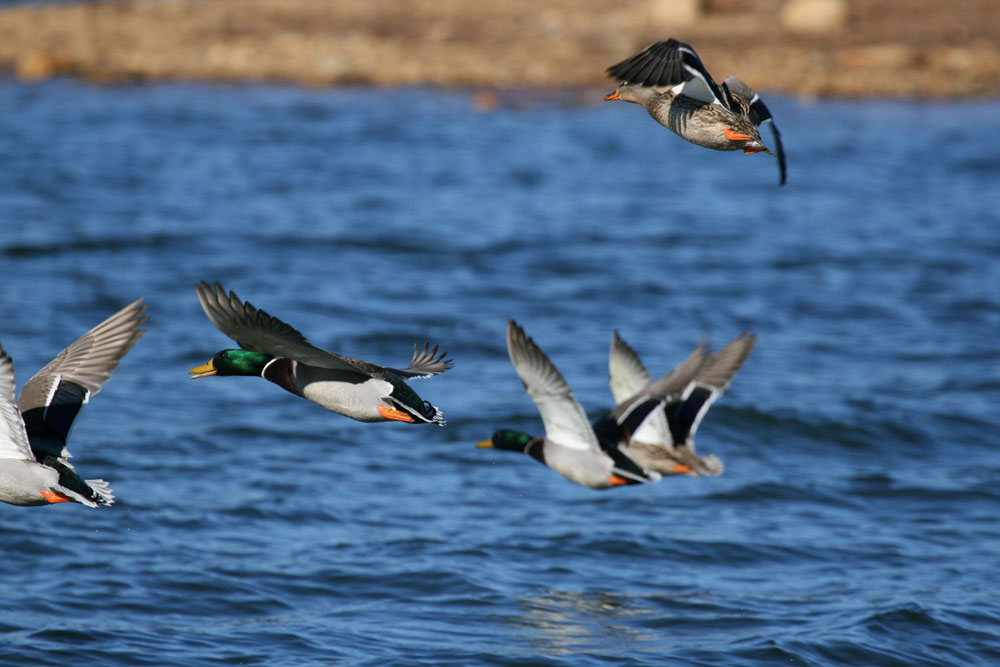
At one time, I hunted six states during duck season each year, but now I’m only hunting three states and not traveling nearly as much as I once did. Currently, I’m hunting Nebraska, South Dakota and Oklahoma. I have a hunting camp on the Missouri River in South Dakota, and I’ve shot ducks there every year since 1987. I hunt Nebraska because it’s a border state to Iowa where I live, and sometimes we have to hunt the Nebraska side of the river to be where the ducks are. Oklahoma is my “Arkansas” with plenty of ducks there. I know where to find them. When I worked for Hunters Specialties, I knew that the favorable weather patterns played the biggest role in successful duck hunting. When I was working and filming for Hunters Specialties, I had to schedule my duck hunts a year ahead of time with my camera man. So, I would schedule Canada first in October, schedule Oklahoma in January and hunt everywhere in-between those two locations when the weather was conducive to taking ducks.
Today, I don’t have to schedule my hunts like that. Instead, if I watch the weather map and see that I have a cold front coming in, I’ll try and get ahead of that cold front and go duck hunting. I have about eight or nine friends and business associates I always hunt with — depending on who can get off, and how long we plan to be gone. I know a question I’m often asked is, “In your opinion, what traits does a good duck-hunting buddy have to have?” Number one — that buddy needs an understanding wife who can live with a hunter who’s passionate about finding and taking ducks. Number two — that person has to have disposable income, so they can travel and hunt when the weather’s right to take ducks in different states. Number three — they have to be as passionate about hunting and harvesting ducks as I am. As one of my friends says, “If duck hunting doesn’t light your fire, then the wood is wet.”
As you can tell, Barnie’s fire for duck hunting is as hot as ever. The tips and tricks brought to you by Mossy Oak are from a world-champion duck caller and come from a waterfowl hunter who has put decoys in the water from Canada to Oklahoma. Demanding duck hunters like Barnie Calef choose gear that performs under the worst conditions. Mossy Oak is proud that waterfowl hunters like Barnie choose Mossy Oak.














